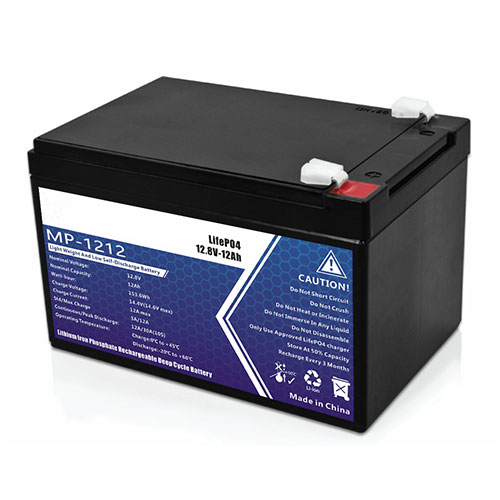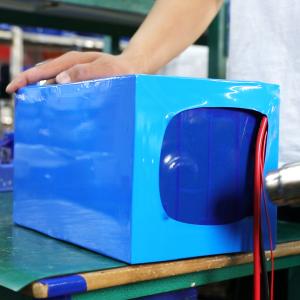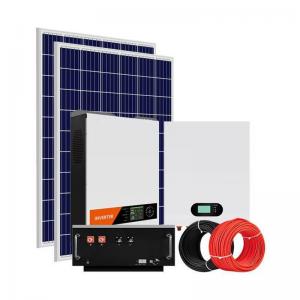Battery Pack Design
The purpose of a battery pack is to provide a convenient integrated power source for portable applications. The advantages of using custom designs are outlined in the section on Benefits of Custom Packs. The pack may fulfil several functions:· It enables higher voltage or higher capacity batteries to be built up from low voltage, low capacity cells.
· It houses a cell or a bank of cells together with the associated interconnections in a single convenient pack.
· It accommodates any necessary monitoring and electronic protection devices or circuits within the pack.
· It can accommodate additional circuitry such as indicator lights, heaters, cooling ducts and solar panels.
· It matches and meshes with the cavity in the product which the battery is intended to power providing both electrical and mechanical interfaces.
· It can provide unique electrical and mechanical interfaces to ensure compatibility both of the battery with the intended product and the charger with the battery.

With a simple series chain of cells, the battery capacity in AmpHours is the same as the capacity of the individual cells since the current flows equally through all the cells in the chain.
High battery voltages are achieved by adding more cells in a series chain. The voltage of the battery is the voltage of a single cell multiplied by the number of cells in the chain. This does not increase the AmpHour capacity of the battery , but it increases the WattHour capacity, or the total stored energy, in proportion to the number of cells in the chain.
Battery capacity can increased through adding more parallel cells. This increases the AmpHour capacity as well as the WattHour capacity without increasing the battery voltage. For batteries with parallel chains the capacity of the battery is the capacity of the individual chain multiplied by the number of parallel chains.
Whereas cell voltage is fixed by the cell chemistry, cell capacity depends on the surface area of the electrodes and the volume of the electrolyte, - that is, the physical size of the cell. If at all possible the number of cells in a pack should be minimised to simplify the design and to minimise potential reliability problems. Fewer cells require fewer support electronics. Thus parallel chains should be avoided by specifying the highest capacity cells available. Design issues for multi-cell batteries are considered further in the section on Cell Balancing.
NOTE Cells with different capacities or cell chemistries should not be mixed in a single battery pack.
Pack Design Options
The design of the outer package or housing of the battery depends to a great extent on the components it has to accommodate and the physical protection it has to provide for them. These components are not just the cells, but also protection devices, electronic circuits, interconnections and connectors which must all be specified before the final battery case can be designed. For high power, high energy batteries robust packaging is required for safety reasons.
Cell Configuration
The ultimate shape and dimensions of the battery pack are mostly governed by the cavity which is planned to house it within the intended application. This in turn dictates the possible cell sizes and layouts which can be used. Prismatic cells provide the best space utilisation, however cylindrical cells provide simpler cooling options for high power batteries. The use of pouch cells provides the product designer more freedom in specifying the shape of the battery cavity permitting very compact designs.
The orientation of the cells is designed to minimise the interconnections between t he cells.
Battery Electronics
Besides the cells many battery packs now incorporate associated electronic circuits. These may be protection devices and circuits, monitoring circuits, charge controllers, fuel gauges, and indicator lights. Electronics for high power multi-cell packs also include cell balancing and communications functions.
The packs may also be designed to deliver more than one voltage from the basic cell combination, although applications requiring multiple voltage sources are more likely to make provision for this within the application. See Multiple Voltages
In addition to the basic battery support electronics the battery pack may include other functions such as heaters to extend the lower working temperature or solar cells to keep the battery fully charged. These circuits in turn have their own control circuits.
Space, fixing points and methods and interconnections need to be allocated for all these electronic circuits.





